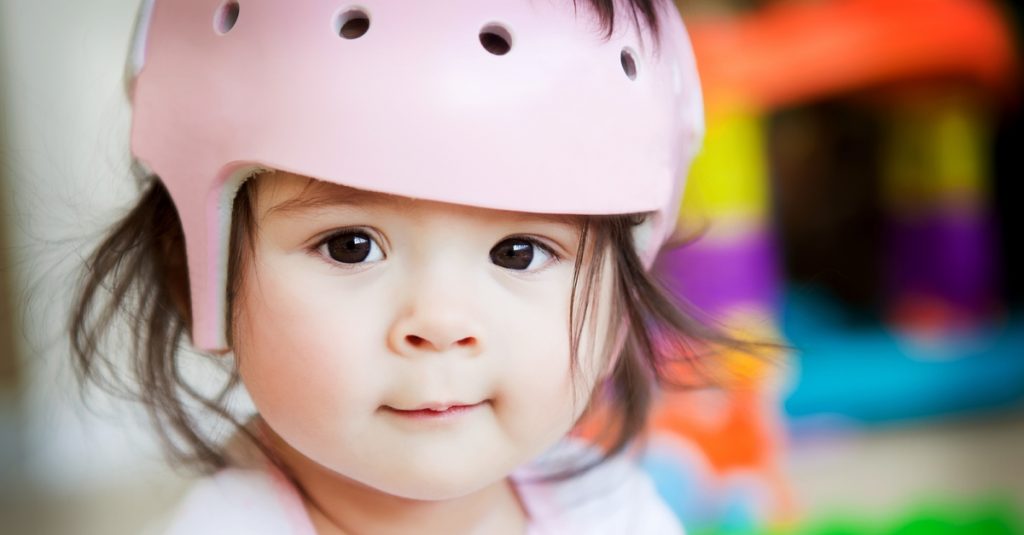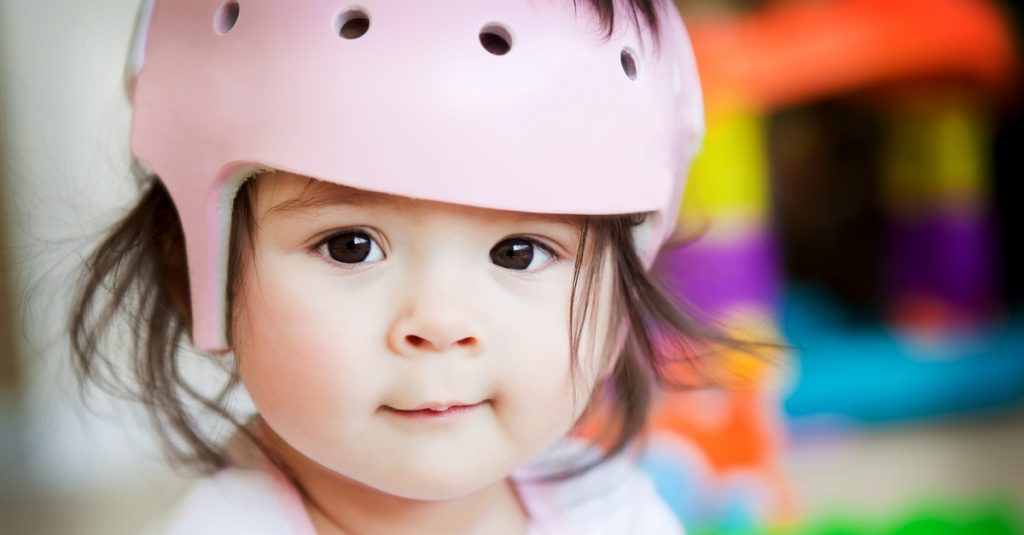A condition called cranial asymmetry - when your baby’s head is irregularly shaped - is more common today than it has ever been. We can trace this phenomenon back to 1992, when pediatric experts recommended that parents lay their infants on their backs to sleep, in an effort to avoid SIDS.
It worked - the rate of SIDS dropped by 40% in large part due to this shift - but the move also caused higher rates of cranial asymmetry.
Fortunately, the three types of cranial asymmetry - brachycephaly, plagiocephaly, and scaphocephaly - can be corrected with parenting techniques and cranial remodeling.
Here’s what you need to know about cranial remodeling to see if it’s a good fit for your infant.
Discussing Cranial Asymmetry
There are three different types of cranial asymmetry that can happen to your infant, as discussed above.
Brachycephaly is also called flat head syndrome, because a part of the baby’s skull is flat. This usually means the back of the baby’s head is flat, due to a practice of sleeping on his or her back for extended periods of time. It also results in a wider and taller head than normal.
Plagiocephaly can include flat surfaces, but it also includes distortion so that the baby’s head looks like a parallelogram if you’re looking at the top of the baby’s head. One ear may be more forward than the other, and one eye may be smaller than the other.
Scaphocephaly is caused by premature fusion of two or parts of the skull and can result in a long, narrow head.
Surgery may be required to treat some of these conditions - particularly scaphocephaly - but fortunately, cranial remodeling with cranial orthoses can correct them.
How Cranial Remodeling Works
Cranial remodeling works to reshape your baby’s head because a baby’s skull is very pliable compared to an adult skull. That’s why it gets deformed in the first place. The good news is that if it can be deformed, it can be reformed as well.
What we do is scan your baby’s head with a digital laser scanner - don’t worry, it’s perfectly safe and harmless - and upload the measurements into our 3D modeling system. From there, we design and create a foam-based cranial orthotic helmet that your baby will wear.
Your baby has to wear this all day, every day, except for when he or she is being bathed and when the helmet is being cleaned. Ideally, your infant will wear this sometime between three months and 12 months of age, when we see the most cranial growth. It may take a few months of treatment - up to six months in most cases - but the end result can be very favorable if you seek intervention early.
The helmet will reshape the baby’s skull as it grows into the shape we want it to be. You’ll still need to develop good habits - such as giving baby plenty of tummy time - but the helmet will take care of the remodeling process.
The end result should be a baby with a normally-shaped head, which makes all of us happy.
If you’re considering cranial remodeling for your baby, contact us. We’ll walk you through the process and discuss with you how cranial remodeling can be a huge benefit to your baby and your family.

